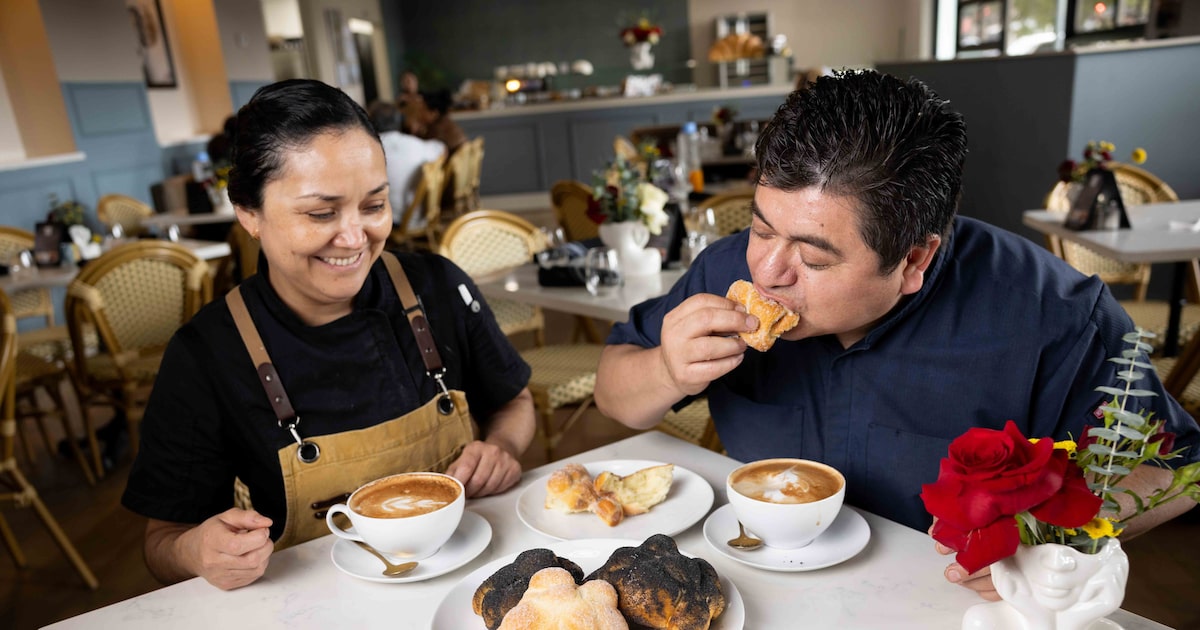Every year, as the last days of October arrive, bakeries throughout Mexico and many cities in the United States are filled with the sweet aroma of pan de muerto, a round bread covered with sugar and decorated with strips that represents much more than a dessert. It is rather a symbol of love to remember those who are no longer with us.
In the tradition of the Day of the Dead, celebrated on November 1 and 2, families in Mexico set up altars filled with flowers, candles, photos, papel picado, sugar skulls and the favorite foods of their deceased loved ones. Pan de muerto has a special place in this offering, as it represents the cycle of life and death and is a way to connect with those who are no longer with us.
“Pan de muerto is very classic, full of symbolism,” said María Becerra, chef and owner of Lubellas Patisserie in Dallas. “The strips represent the bones, the ball represents the skull of the deceased, the orange blossom water is aromatic, the flowers have those aromas, and it is to remember those who have passed away.”
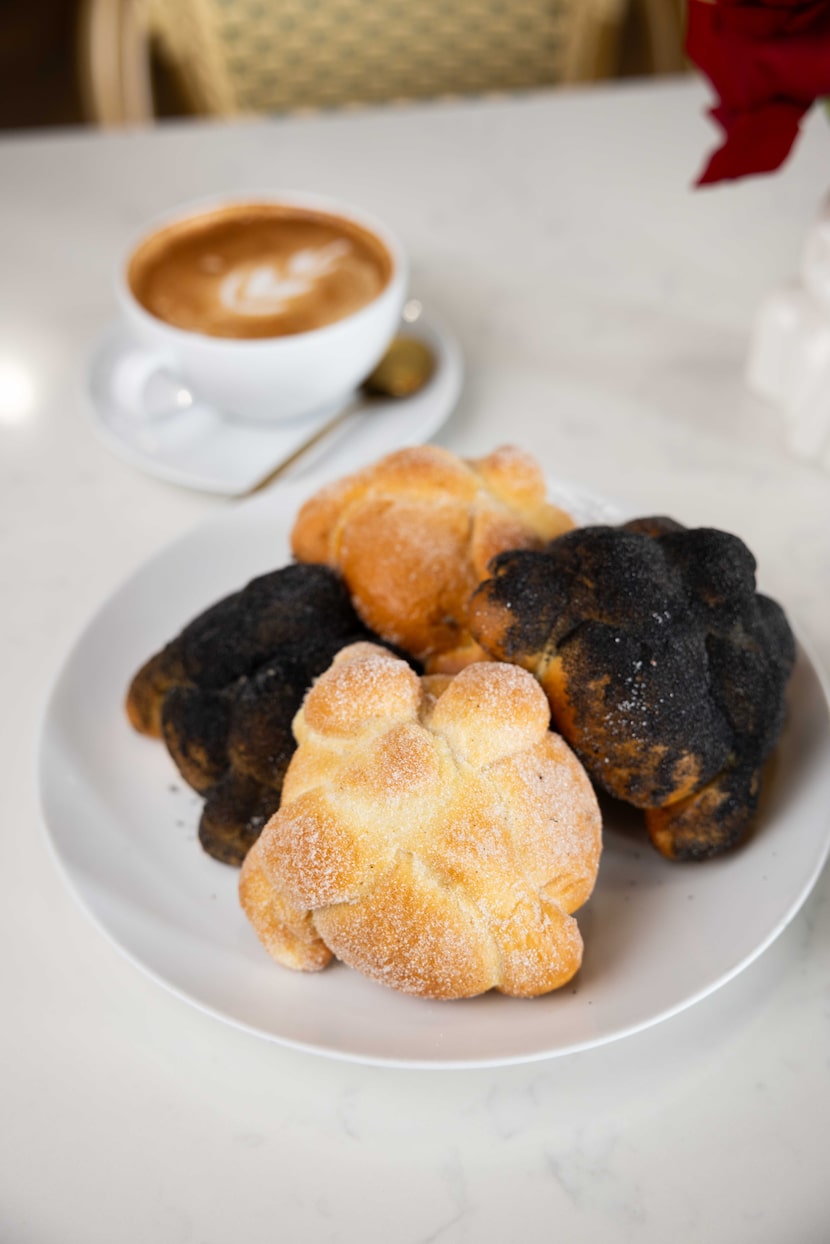
Pan de muerto, the staple bread for Dia de Muertos, and cafe de olla at Lubellas Patisserie in Dallas on Tuesday, Oct. 28, 2025.
Juan Figueroa / Staff Photographer
Eat Drink D-FW
Lubellas Patisserie is one of the businesses that makes pan de muerto in D-FW. Becerra and her husband, Ismael Trejo, started the business in 2021, but they had been baking pan de muerto at home for some time to teach their daughters about the traditions of Día de los Muertos.
“We don’t celebrate Halloween at home, and I always told them that we celebrate the Day of the Dead,” Becerra said. “So I started making the bread for them so they could learn our traditions.”
Full of symbolism
Each element of pan de muerto has a meaning, from its round shape, which alludes to the circle of life, to the crossed strips that represent the bones and tears of the deceased. In the center, the small sphere represents the skull.
The origin of pan de muerto dates back to pre-Hispanic times, when indigenous people offered bread made with amaranth and human blood to the gods of death.

Maria Becerra prepares the “huesos” for the pan de muerto, the staple bread for Dia de Muertos, at Lubellas Patisserie in Dallas on Tuesday, Oct. 28, 2025.
Juan Figueroa / Staff Photographer
With the Spanish conquest, the bread was transformed. Wheat replaced amaranth, sugar replaced blood, and, thus, the bread we know today was born.
In Mexico, each region has developed its own version of pan de muerto. In Puebla, it is baked with sesame seeds. In Oaxaca, it is decorated with sugar faces. In Michoacán, anise is added. In Mexico City, the version with butter, sugar, and orange blossom dominates.
In the United States, this tradition has gained momentum in recent decades, especially in states with a large Mexican community, such as California, Texas and Illinois. Family bakeries have been making these loaves since mid-October and have introduced them to the American public’s taste.
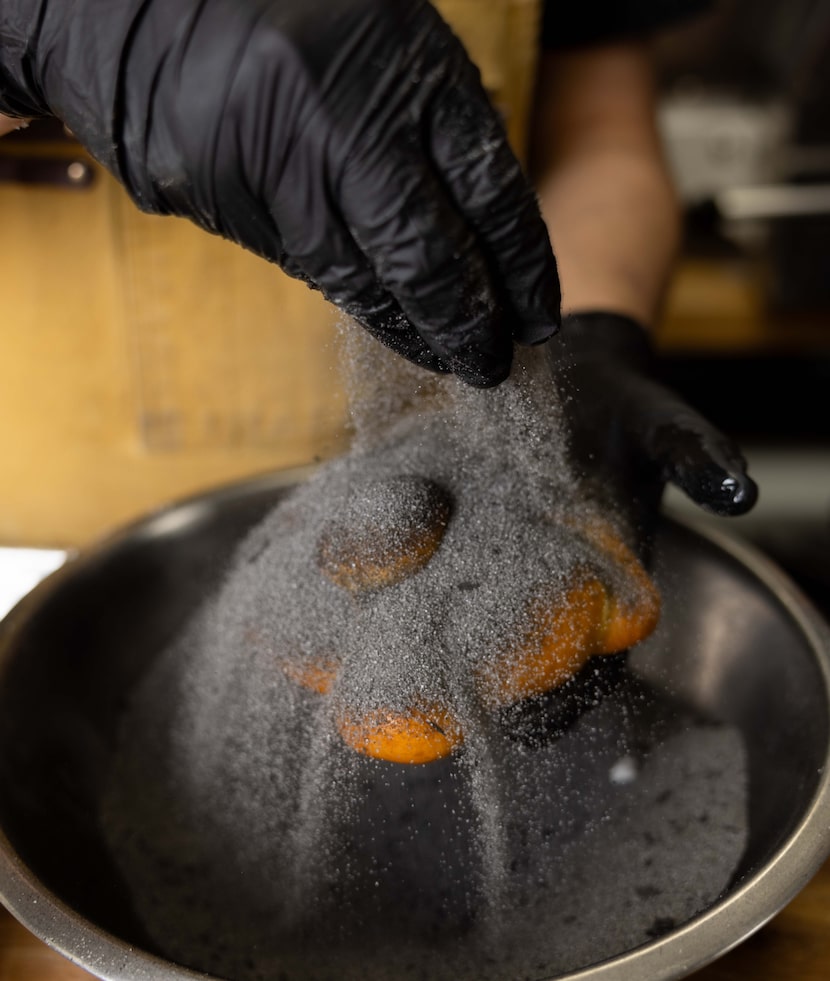
owners and married couple Maria Becerra and Ismael Trejo pan de muerto, the staple bread for Dia de Muertos, at Lubellas Patisserie in Dallas on Tuesday, Oct. 28, 2025.
Juan Figueroa / Staff Photographer
In Dallas, Lubellas Patisserie has combined traditional Mexican techniques for making pan de muerto with some French pastry techniques to give it a distinctive touch.
“This is a bread that is eaten only once a year,” Trejo said. “We make the traditional bread with sugar and we make the totomoxtle bread, which is a mixture of corn ash and sugar, and that makes the bread black, and it’s delicious.”
Pan de muerto is the centerpiece of Day of the Dead altars. Becerra explained that placing the offering for her deceased loved ones is an opportunity not only to preserve tradition, but also to make her daughters feel connected to their family.
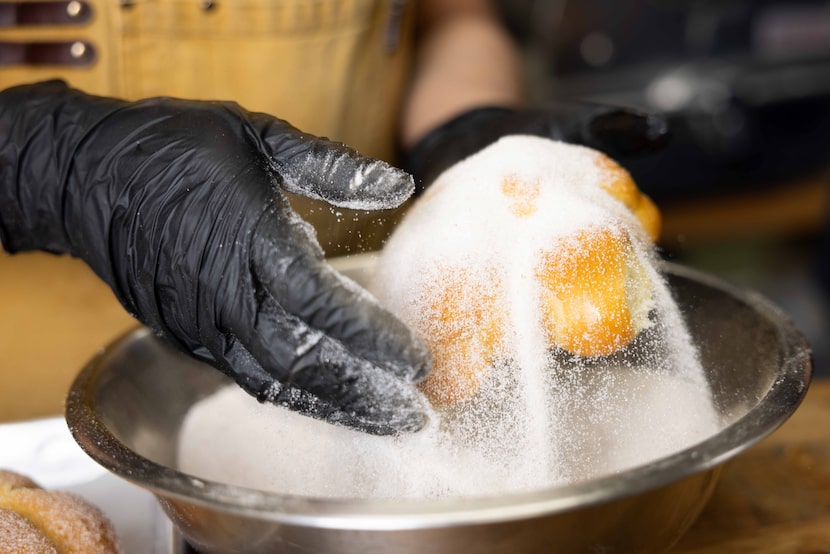
Maria Becerra coats the pan de muerto, the staple bread for Dia de Muertos, with sugar at Lubellas Patisserie in Dallas on Tuesday, Oct. 28, 2025.
Juan Figueroa / Staff Photographer
“On the altar, we place photos and food for our loved ones. The altar has many details and meanings: the cempasúchil flower that shows the way home, salt for purification, water for hydration. It is very important to us; it is a tradition that unites us as a family and connects us to those who are no longer with us,” said Becerra.
The couple said that when they are setting up their Day of the Dead altar, they show their daughters photos of their grandparents and other deceased relatives and tell them about what they were like and what they liked to eat or do.
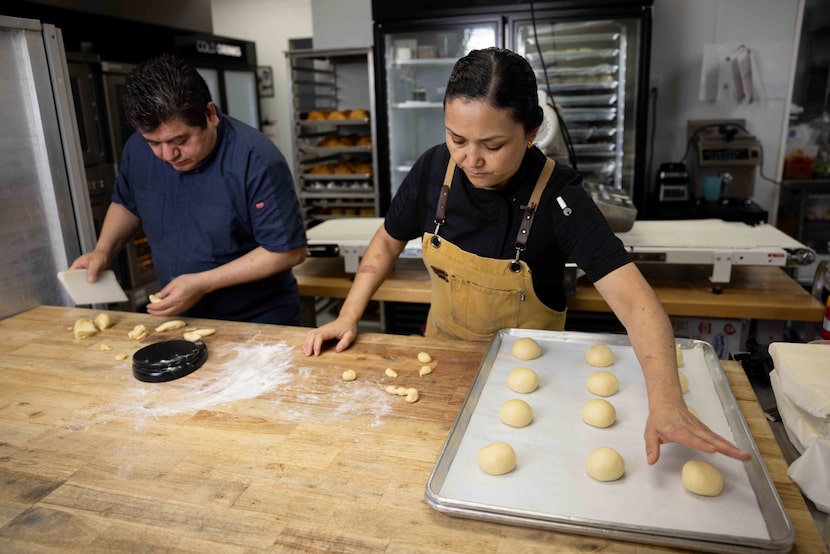
Owners Ismael Trejo and wife Maria Becerra prepare pan de muerto, the staple bread for Dia de Muertos, at Lubellas Patisserie in Dallas on Tuesday, Oct. 28, 2025.
Juan Figueroa / Staff Photographer
Lubellas Patisserie is a business that started in 2020 in the family’s apartment after Becerra and Trejo lost their jobs due to the pandemic. In 2021, they opened their store, which has already doubled in size and attracts hundreds of customers seeking the fusion of Mexican bakery flavors with other expressions of international cuisine.
Lubellas Patisserie is located at 10323 Ferguson Rd., Dallas. lubellaspatisserie.com.
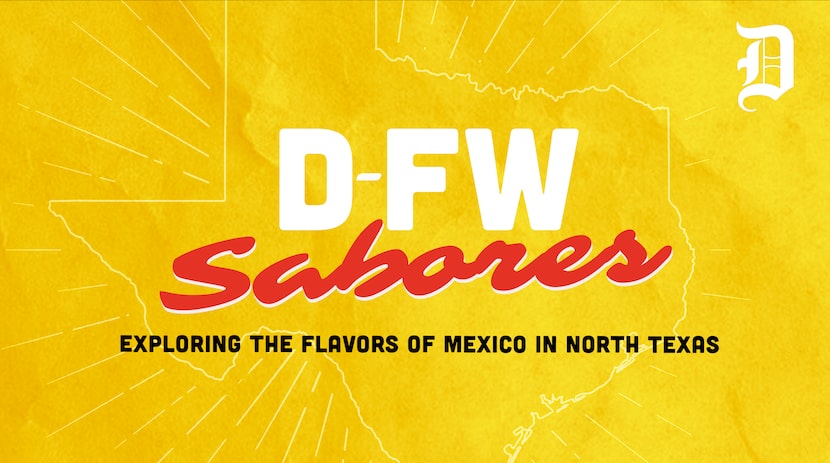
D-FW Sabores logo
The Dallas Morning News
This story is part of D-FW Sabores, a series dedicated to finding authentic Mexican cuisine across North Texas, dish by dish, region by region.
